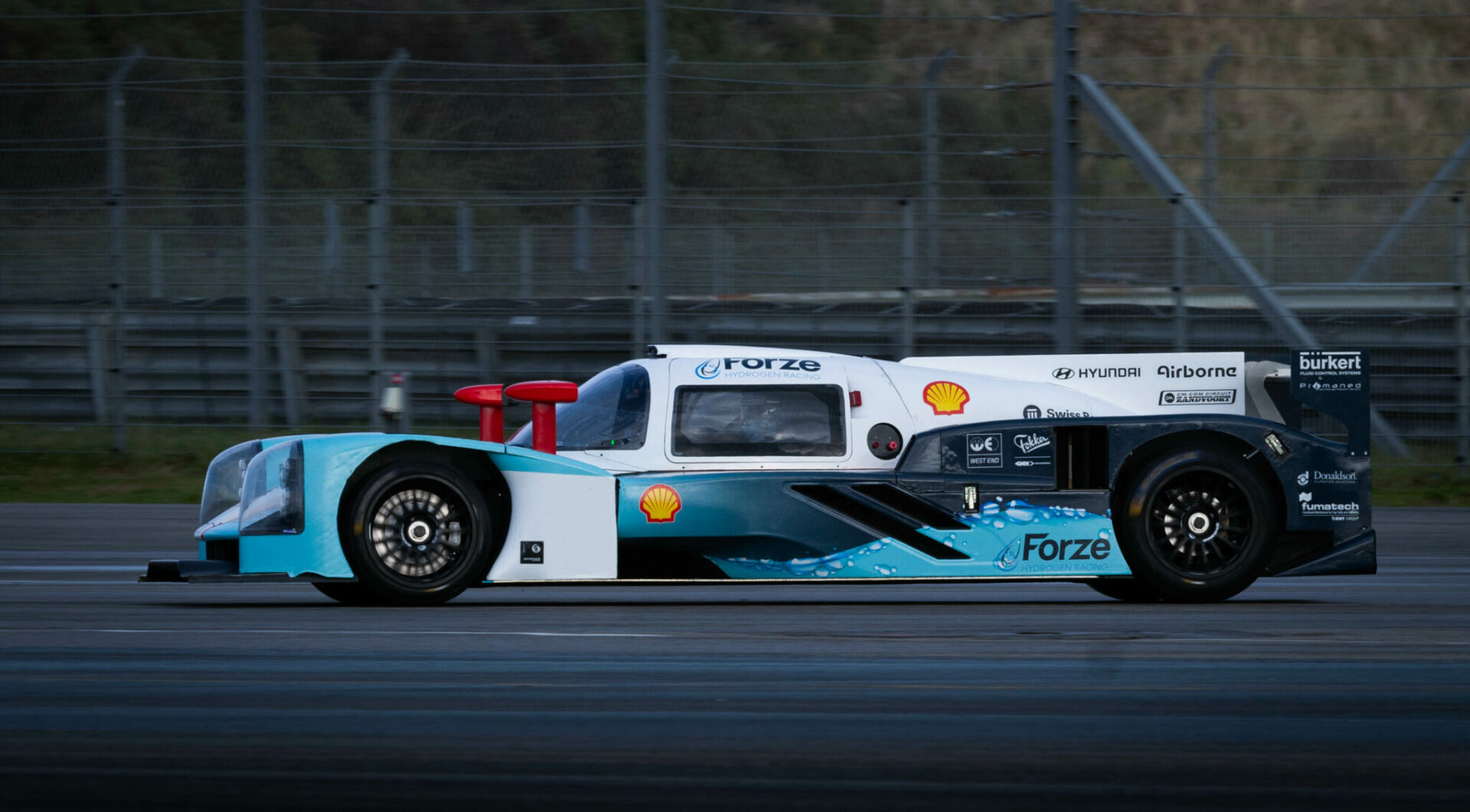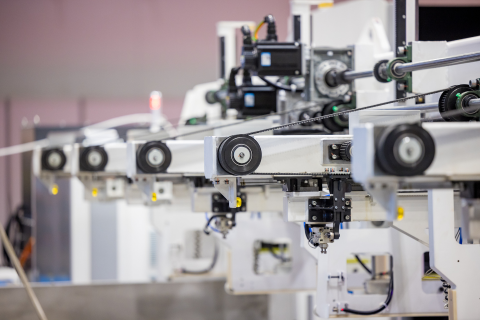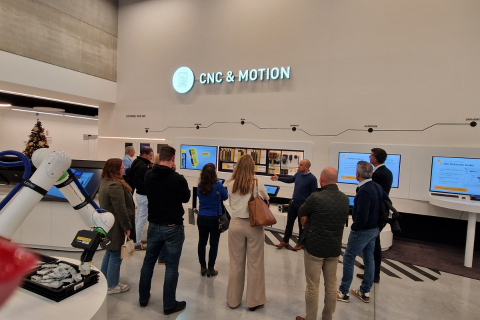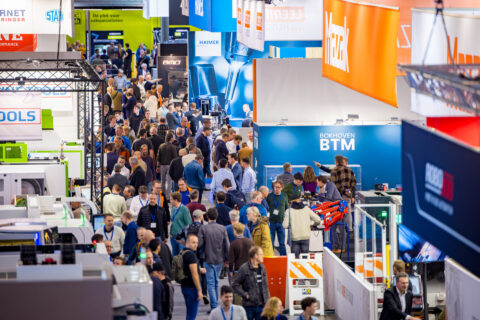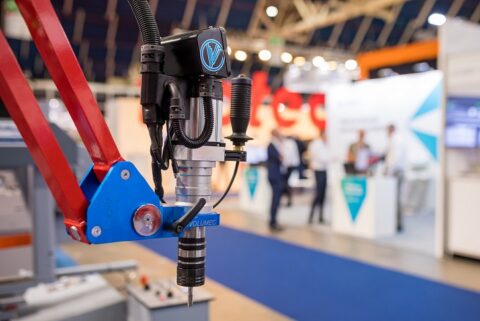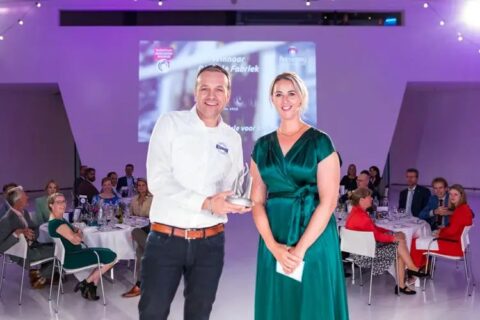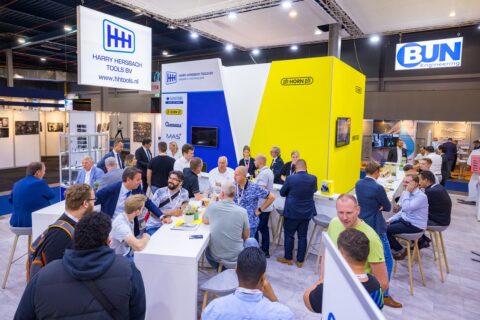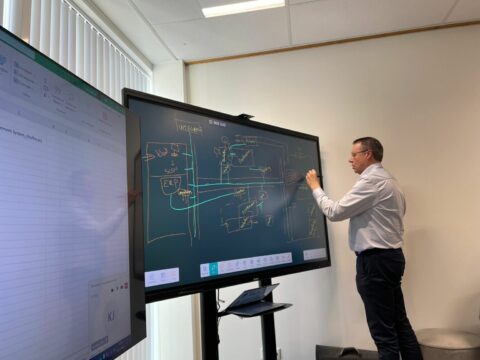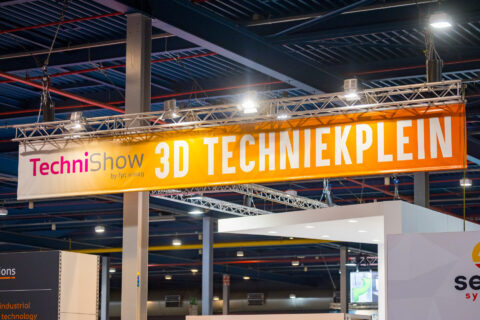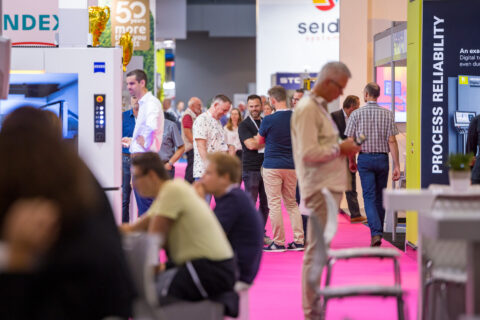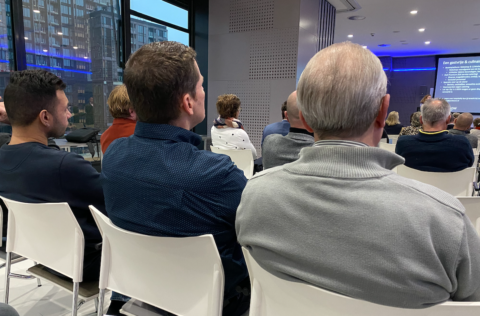The hydrogen racing car of the Forze Hydrogen Racing Team, built by several generations of TU Delft students, has driven its first meters on the Zandvoort circuit. Chief Engineer Quinten Bongers: "We are testing a hydrogen system and a race car to its limits." In March, the car (with a few team members) can be admired at TechniShow 2024.
It will rarely have been so exciting at Circuit Zandvoort. Or at least, that is how the Delft students of the Forze Hydrogen Racing Team must have experienced it. Since 2007, a changing group of students from the technical university has been developing a race car that runs on hydrogen, and last week was the baptism of fire for the Forze IX: faster and more powerful than its predecessors, with no emissions. According to the team, a breakthrough in sustainable racing.
Bodyworks
"For the past four years we have been working on the design of this revolutionary race car," says Quinten Bongers. At Zandvoort, the team had two days on the track. "The week before we would actually go to the track, people kept working longer and longer. That was also nice to experience: Part of the team working well into the night after which the other part of the team was ready again afterwards."
On Friday before Zandvoort, first all the functions had to work: sensors, wheels, pumps, gauges. "On Sunday night, part of the team went home to sleep, another part stayed behind to work on the car. There was an electrical problem, a short circuit in the car. But there are more than 3 kilometers of cables in the car. We had to measure and check everything in the software. At 2 a.m. we had found the problem. Seven hours later we had solved the problem."
Checked
Before a race car is allowed on the track, all the bolts, suspension and frame must be checked. That took almost an entire day. "At 5:45 p.m., 15 minutes before we had to go off the track, we put the Forze IX in the right place on the track. And then ... it didn't drive. We heard rattling, we didn't know what was there. Then we pushed the car the old-fashioned way very briefly. That worked."
Those first meters were still without the front assembly, the nose piece with headlights, floor, hood. It did not fit. Because of the cold, the material had shrunk a bit. Too bad for the pictures, but the joy was not less: the Forze IX can drive.
Evidence
That Monday evening the team left for Delft again, and on the way home they discovered in the data what the problem was. The electric motor was not delivering enough power and was 'shooting back' as it were. The motor didn't pick up the momentum, that was the rattle. And at six o'clock in the morning on Tuesday, the team was back at it and the car was able to do laps.
Making a fast lap will be the next step, Bongers said. "Then we can really race. We are testing a hydrogen system and a race car to its limits and want to show that it can beat a normal fuel car. Why? Then we prove the power of hydrogen for different applications. Besides improving the technology, we also want to promote hydrogen to the public. And this is another reason why we will be at TechniShow 2024 in March with our team and the Forze VIII. Precisely to show the world what is technically possible."
